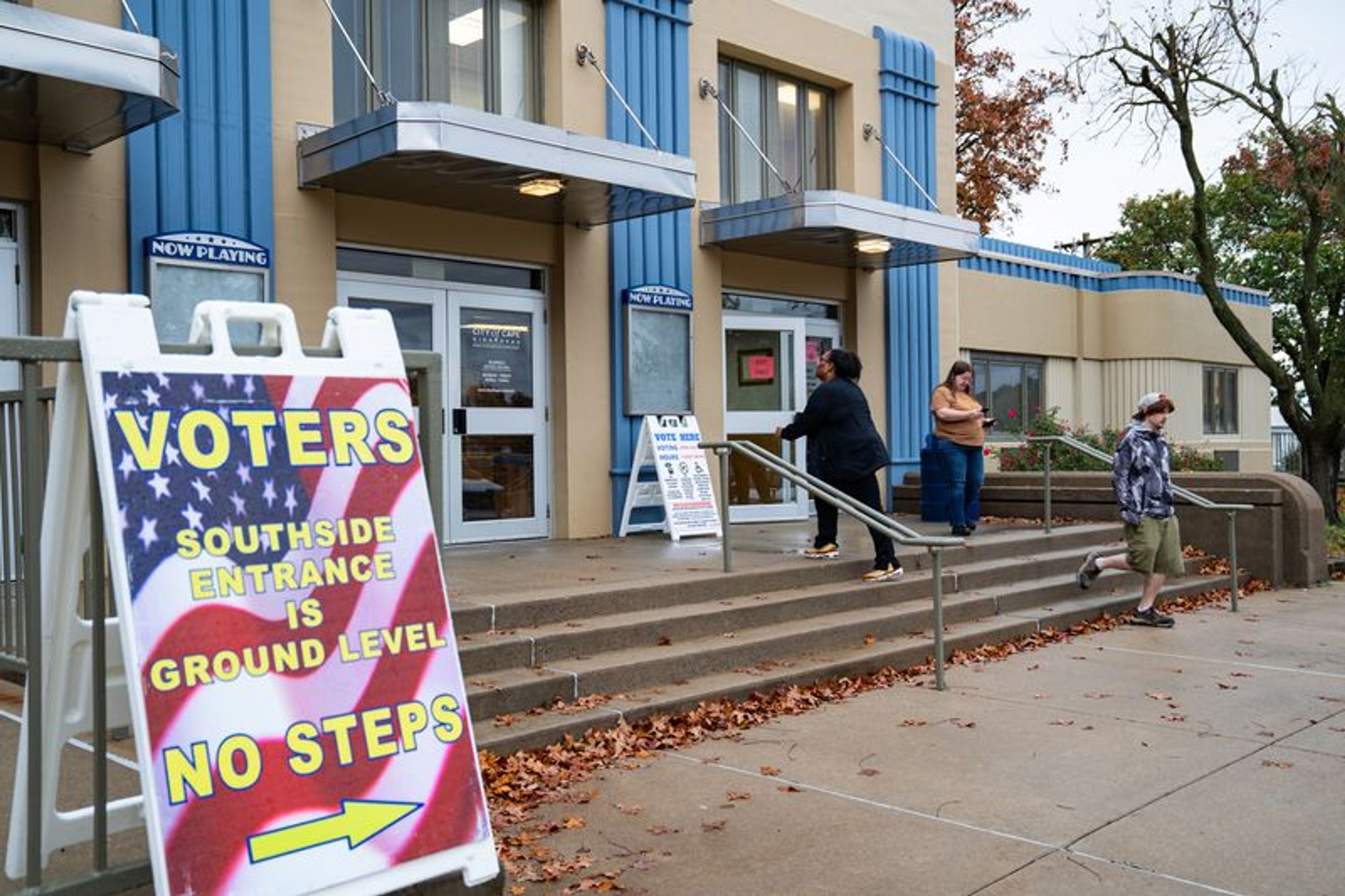POST-EARTHQUAKE SURVIVAL STORIES HAVE MEANING FOR US HERE
The massive earthquake that hit the Los Angeles area Monday also jolted the people of Southeast Missouri and Southern Illinois ... not literally, of course, but in the uneasy kinship of people who live on a fault line. Scenes played out in the most populace city in America's most populace state are not that far removed from what could happen here in our backyard if the New Madrid Fault decides to turn itself loose. ...
The massive earthquake that hit the Los Angeles area Monday also jolted the people of Southeast Missouri and Southern Illinois ... not literally, of course, but in the uneasy kinship of people who live on a fault line. Scenes played out in the most populace city in America's most populace state are not that far removed from what could happen here in our backyard if the New Madrid Fault decides to turn itself loose. Daily fretting over such an eventuality doesn't seem useful, but a working knowledge of post-earthquake survival practices does.
While an unwielding act of nature, earthquakes are seldom apocalypic, at least not with U.S. standards of construction. The California death toll is creeping toward four dozen, and that is a grim count. In the grand scheme of things, though, there are about 24,000 people killed each year by handguns, and more than 40,000 killed in vehicle accidents, so Mother Nature is not necessarily as rough on mankind as mankind is on itself.
Where seismic studies are concerned, there is an extensive amount of knowledge punctuated by one considerable uncertainty: no one knows when an earthquake will hit. Scientists stand convinced that the type of earthquakes that hammered this region in 1811 and 1812 (a probable 8.0 temblor on what is now the Richter scale) will be repeated. It may be repeated tomorrow. It may be repeated in 100 years. Even a lesser earthquake on the New Madrid Fault, like the 6.6-magnitude temblor that hit Los Angeles Monday, would wreak havoc from Memphis to St. Louis. The 4.6-magnitude quake in our region in September 1990 rattled plenty of nerves, though it was in the same range as a 4.4-size aftershock in Los Angeles Wednesday, one of more than 500 aftershocks that have rumbled through the region since the start of the week.
Thus, the people of Cape Girardeau and neighboring communities could find themselves in the position of the Californians, waiting in line for gasoline or water, going without electricity, camped outside their disheveled or destroyed dwellings, and wondering what comes next. If an earthquake occurs here, there will inevitably be highways that are damaged beyond utility, natural gas lines that will break and ignite fires, buildings that will collapse and fresh water service that will be interrupted. Emergency workers, agencies and facilities could be taxed even beyond their extensive planning. While rescues and repairs in Southern California are being carried out in a temperate climate, shifting geological plates have no regard for surface temperatures; a major earthquake could strike on summer's hottest day or during a week like this one, with temperatures dropping below zero.
Are we prepared? To the credit of local governments, Cape Girardeau, Cape Girardeau County and several area communities have filed comprehensive emergency plans that will take effect if an earthquake strikes. The National Guard, whose service during last summer's flooding was exemplary, also takes a prominent role during such a disaster. Utility companies and hospitals are equally prepared for such emergencies. In that respect, this area is as ready as it can practically get.
From an individual standpoint, it is a reasonable guess that many people who packed "earthquake kits" (water, canned foods, portable radio, blankets, and so forth) in times gone by have failed to keep them replenished. If there was one redemption in the 1990 Iben Browning scare, it was that people of this region became more attuned to the dangers of earthquakes and what it takes to survive in their aftermath. Perhaps the California quake, dreadful as it is, can serve as a reminder to those of us on another fault line in the Midwest.
Connect with the Southeast Missourian Newsroom:
For corrections to this story or other insights for the editor, click here. To submit a letter to the editor, click here. To learn about the Southeast Missourian’s AI Policy, click here.








